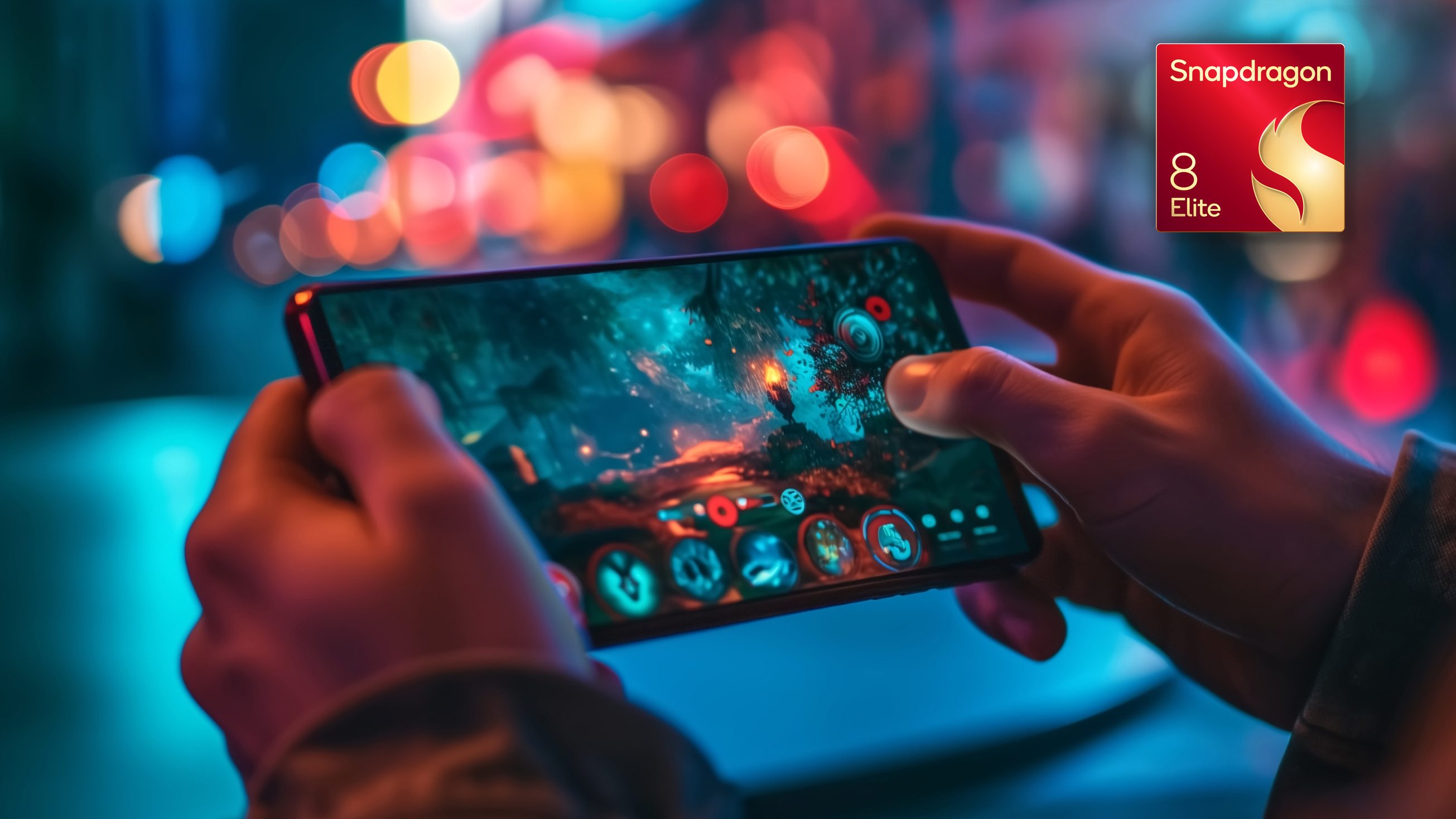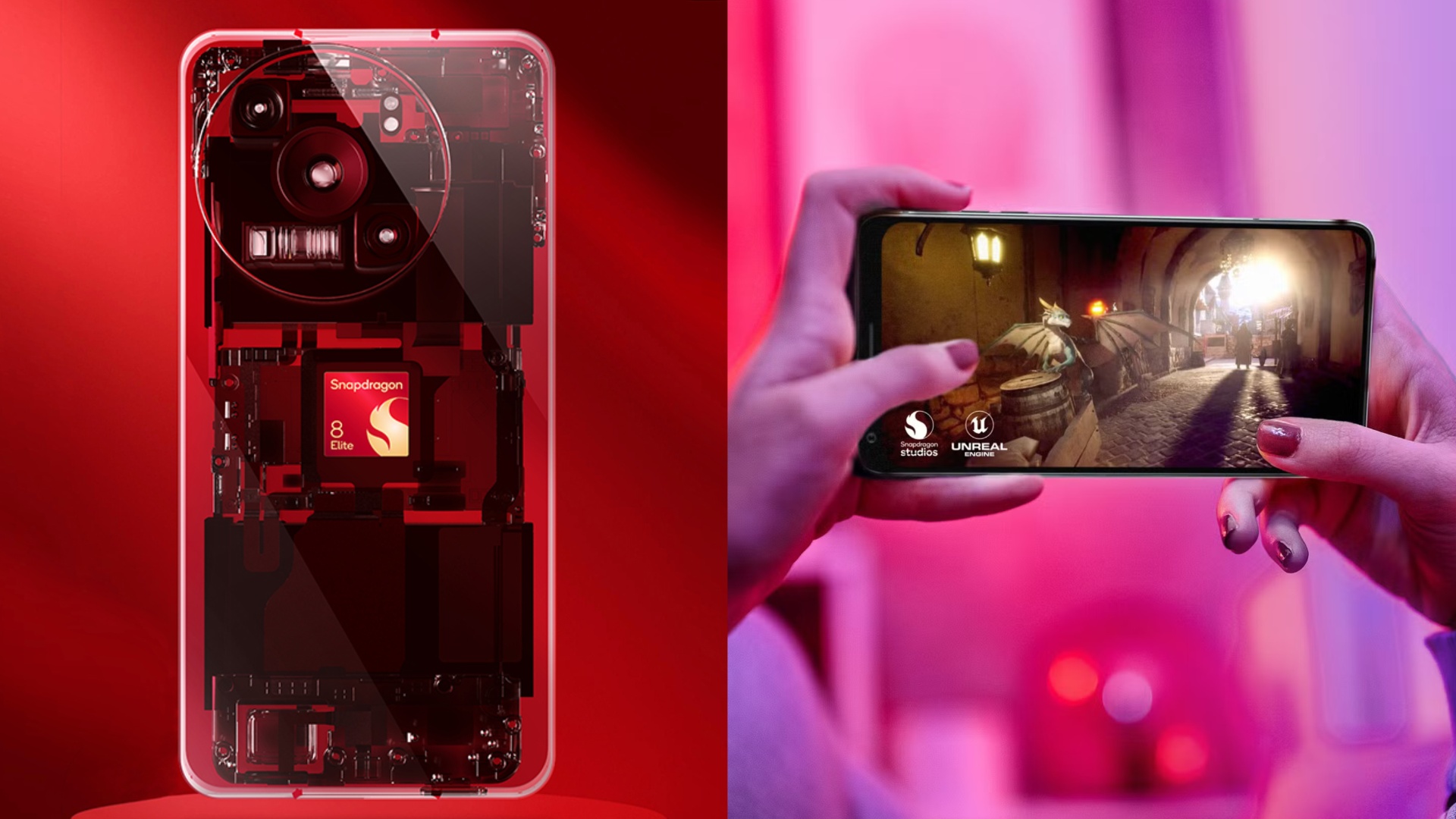At Snapdragon Summit 2024, Qualcomm unveiled its new Snapdragon 8 Elite mobile chipset with the usual marketing cocktail of flashy benchmark scores and bold performance promises (“the GPU is 40% faster” etc…), but it can be hard to discern how – or indeed if – these on-paper improvements will enhance the real-world experience of Android users.
Qualcomm, of course, is acutely aware that good-looking numbers don’t tell the whole story, and the semiconductor giant was happy to elaborate on the tangible benefits of its Snapdragon 8 Elite chipset when posed a question on the matter in a roundtable interview attended by TechRadar.
Chris Patrick, SVP of Qualcomm’s Mobile Handset division, began his refreshingly jargon-free answer by referencing the Snapdragon 8 Elite’s gaming-related upgrades: “Gaming is one use case that really pushes a smartphone chipset to its limit [because] it keeps consuming every possible processing resource,” the former engineer explained.
“The difference between playing a game when it’s struggling to render the frame, or struggling to process multiple characters on the screen […] and the experience we’ve had testing Oryon [the CPU inside the Snapdragon 8 Elite] [is stark]. Those experiences are now effortless. There’s no lag. The device isn’t heating up anymore, even at ridiculous levels of detail. So, that’s a pretty compelling [upgrade].”
“We’ve also talked about web browsing,” Patrick continued. “In a way, web browsing seems old-fashioned but in the end, that’s what people do with phones, right? Download, consume, and interact with web pages – there are mobile versions and then desktop versions.
“Now, with this elite class of processor, you don’t need the mobile version [of web pages] anymore. Even a more complex, more heavy, more feature-rich desktop version [of a page] will feel effortless. The device [equipped with Snapdragon 8 Elite] will not struggle to load it. Those same web engines are at the heart of many, many applications. Many applications that you run, they’re used to accepting some limitations – now, they’ll be snappy and responsive. This will make a big impact.”
Even a more complex, more heavy, more feature-rich desktop version [of a page] will feel effortless.
Chris Patrick
Also in attendance at the roundtable interview, Shahin Farahani, Senior Director of Product Management at Qualcomm, weighed in with his thoughts on the Snapdragon 8 Elite’s real-world upgrades: “There are a few more [upgrades] that are easy to explain. [With the Snapdragon 8 Elite] I now have a higher [generative AI] resolution available to me – 512 x 512 image resolution before, now I can do 1024 x 1024. That’s four times bigger.
“You [also] get significantly better power saving,” Farahani continued. “If you look at the GPU power rate when playing a game, it’s 40% more efficient, so you’re getting much longer battery life. Benchmarks are part of any [chipset] evaluation, but they’re not everything.”

So there you have it, folks. Slicker gaming, smoother web browsing, and better battery life brought about by improvements in CPU and GPU efficiency – that’s Qualcomm Snapdragon 8 Elite upgrade promise in a nutshell.
As for which upcoming devices will ship with the new chipset, we know that the Xiaomi 15 and Honor Magic 7 will definitely feature the Snapdragon 8 Elite, while as-yet-unannounced devices including the Samsung Galaxy S25 and OnePlus 13 will also surely follow suit. Here’s hoping next year’s best Android phones can rival Apple’s best iPhones for power.
